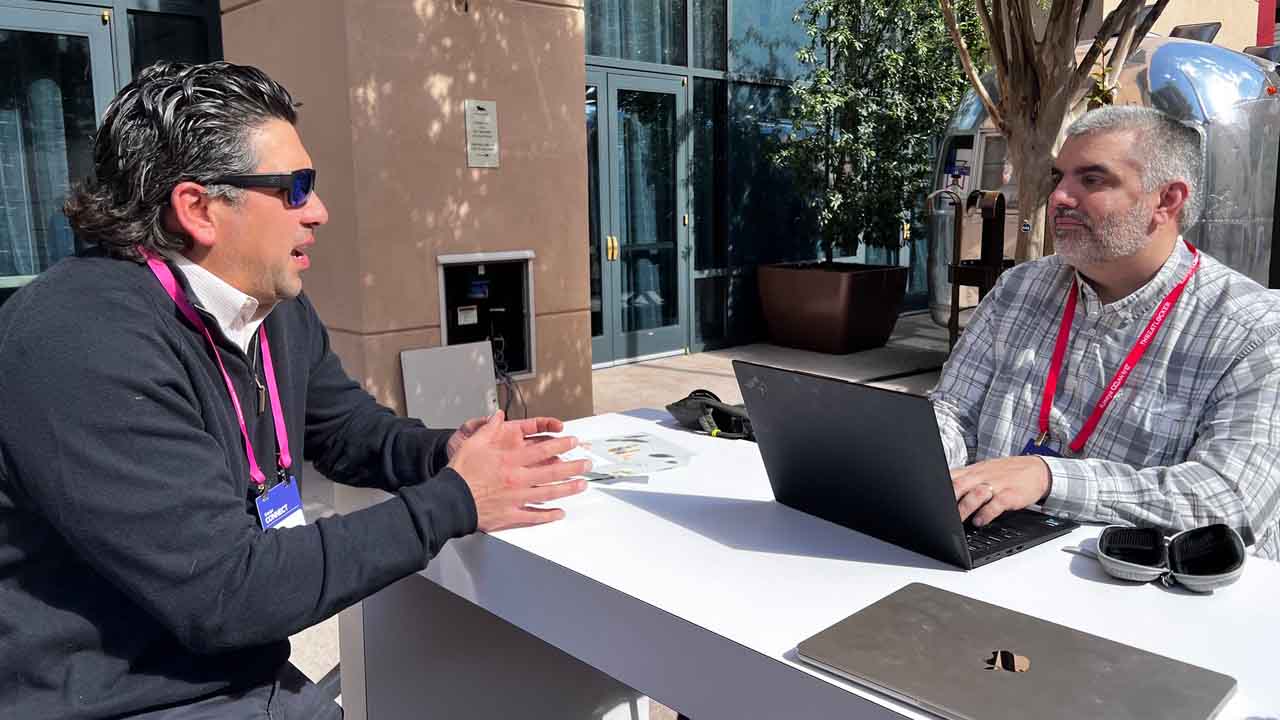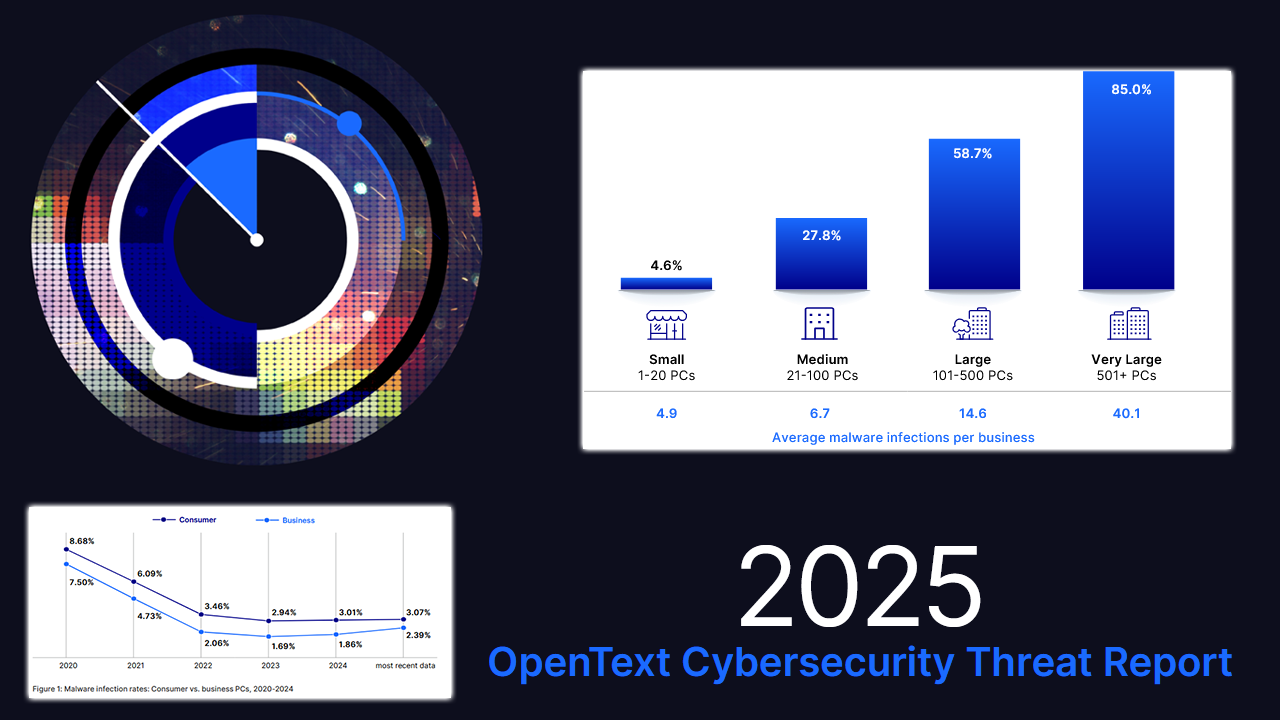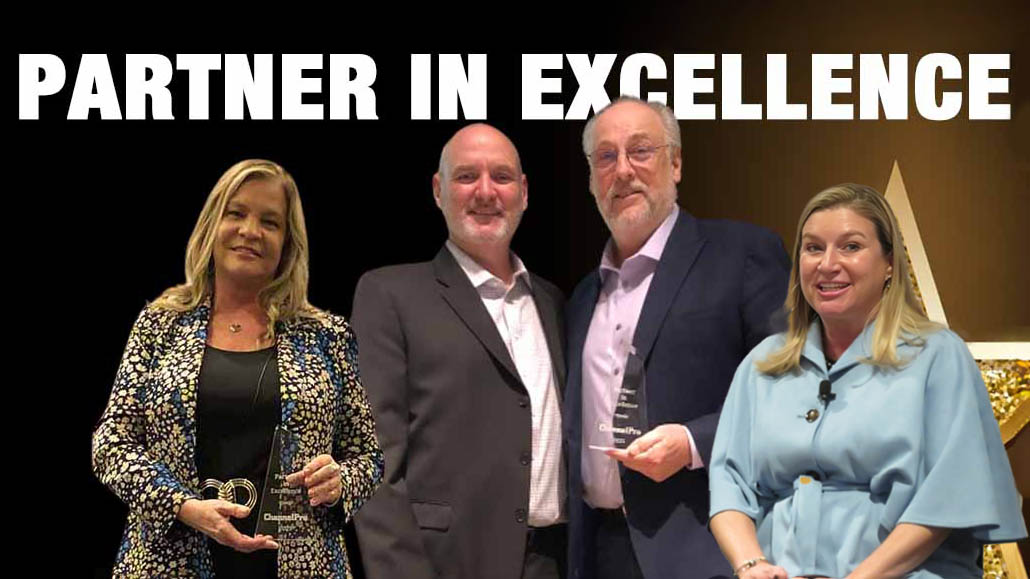JOB APPLICANTS to IT service companies hold a range of certifications, such as MCSE, CCNP, and PMP. Hiring managers yearn for another Microsoft Certified Solutions Expert, Cisco Certified Network Professional, or Project Management Professional. Rarely, if ever, does a resume include CPA, or Certified Public Accountant. But accounting is the framework for your company’s success, and the chart of accounts (COA) is the foundation for all accounting.
A well-constructed chart of accounts is a baseline requirement for collecting useful and actionable financial metrics, but few small businesspeople without a background in accounting know much about designing one.
You may wonder why you need to understand the basic principles to building an effective COA when you can just turn to QuickBooks and other accounting vendors that offer a predefined chart of accounts, including vertical options. The list of all asset, liability, equity, revenue, and expense accounts are included in the general ledger. The first three are balance sheet accounts while the last two are income statement accounts. The devil is in the details, though.

Rayanne Buchianico
“The problem comes when life gets more complicated,” says Ken Boyd, who was an accountant until becoming a business writer and author of four Dummies books, including Cost Accounting for Dummies and CPA Exam for Dummies. He also wrote articles for QuickBooks for several years. “Your chart of accounts is the backbone for all the accounting that happens afterwards, moving all your transactions to a trial balance, and then to your final balance.”
“This conversation is as old as the accounting profession,” says Rayanne Buchianico, owner of ABC Solutions, an accounting firm specializing in MSPs across North America from its Clearwater, Fla., office. “Running meaningful financial reports depends a great deal on the account listing. Financial reports are only as informative as the COA allows.”
Your banker loves a good COA supporting your balance sheet too, says Chuck Langenhop, senior director at CFO Advisory Services in the Dallas area, and Certified Management Accountant. “The right level of detail is critical for bank and credit card reconciliations, debt management, and bank loan compliance.” In addition, with proper subaccount design, such as different categories for expenses by location and department, “responsibility accounting can be implemented,” he says, meaning each department manager can be held accountable for meeting budgets.
Getting the Details Right
The guidelines for your COA follow a general framework with plenty of customization options. The trick is including enough accounts with enough detail to provide accurate financial statements, without adding confusing or redundant listings.
Jennifer Johnson, associate professor of instruction in accounting in the Naveen Jindal School of Management at The University of Texas at Dallas, teaches students to “choose a numbering scheme that allows for growth, such as a four- or six-digit number.” The standard convention is to use the first number to identify the type of account, such as “1” for all asset accounts, “2” for liabilities, and so on. “Every account description should be easy to understand, so make sure abbreviations don’t become cryptic.”
Langenhop prefers more detail. “Set up COAs with current assets in the 1xxx series, long-term assets in 2xxx, current liabilities in 3xxx, long-term liabilities in 4xxx, equity in 5xxx, revenues in 6xxx, and operating expenses in 7xxx.” He lists asset and liability accounts in order based on liquidity, by starting with cash and ending with prepaid expenses.
Buchianico’s COA advice begins with asking clients, “What are the high levels of revenue streams you want to measure?” Some resellers favor products, recurring services, and professional services/consulting, while others prefer products, SaaS/subscriptions, managed services, VoIP, security, and so on. Subaccounts under products might be hardware, software, cloud resale; under recurring services the subaccounts could be managed services, BCDR, and security.

Chuck Langenhop
After building your revenue account structure, create the cost of goods sold (COGS) accounts to mirror that revenue structure. For every revenue account, there should be a matching COGS account. Your bookkeeper, internal or external, must be able to post to that account simply by looking at a receipt. If you add too many subaccounts, such as a subaccount for desktop memory and one for laptop memory, mistakes will happen constantly, especially with a nontechnical person entering the information.
“Accounts in expense do not need to be complicated,” says Buchianico of the fixed expenses for a business. Travel expenses, for instance, often create problems when you separate hotels, taxis, and airfare. “It’s all travel,” so keep it simple. At the same time, advises Boyd, be sure to put transactions in the correct account. Travelers dump all sorts of receipts into “entertainment,” for instance, creating a huge balance that will be difficult to explain in the financial statement.
The equity accounts deserve special attention, according to Boyd. “Business owners don’t understand financial equity.” Problems appear during tax return preparation, and when the owner tries to bring in another investor or sell the business.
To avoid some of the problems, “each bank loan or lease should be in a separate account,” adds Langenhop. In an LLC, each member’s equity and distribution should be tracked separately too. Langenhop’s also against creating a miscellaneous expense account, advising clients to create a proper account for each expense. In his experience, a business that abuses miscellaneous expenses will find it becomes a dumping ground for wasteful spending.
One of the biggest mistakes companies make is “not understanding the flexibility of the COA,” Langenhop continues. This may be a result of managers taking the easiest or quickest approach to designing the COA rather than the best.
Since your COA can integrate with third-party CRM, time and billing, and payroll systems, maintain your COA integrity across each application to avoid interface errors and worthless reports.
Surprisingly for an accountant, Langenhop insists that COA design is not an accounting task, but one in which others with P&L and overhead responsibility should participate. Implement a rigorous pilot program including a variety of cases that must be successful before rolling out the COA, he advises. “It may be difficult to make significant changes later.”
Prune and Redesign as Needed
Too much detail and too many accounts will cause problems, warns Buchianico. “I worked with a company which had 15 subaccounts under advertising, all the way down to two different church bulletins.” The financial statement reader just needs “advertising.” When you fix that issue, prune the accounts you don’t use so they don’t clutter up reports and the financial statement, she adds.
Companies that add a subsidiary or remote branch must create separate COAs for those units, Buchianico notes. This may force a COA redesign so that financial statements and reports accurately reflect each entity correctly.
“COA mistakes are not illegal,” says Boyd, “but a bad COA will really mess you up. Then you must fix it for financial statements while you’re under pressure, your auditor is unhappy, and your bank starts pushing you, so you make more mistakes. It gets doubly messy.”
However, if you take the time to build your accounting foundation correctly, with a well-designed COA that’s flexible and has room for growth, future financial decisions can be made with confidence.
Image: iStock














